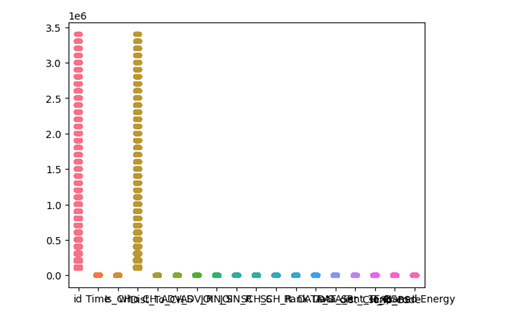Improving the Routing Security in Wireless Sensor Networks using Neutrosophic Set and Machine Learning Models
Keywords:
Bipolar Neutrosophic Numbers; Uncertainty; Wireless Sensor Networks; Security. Attacks.Abstract
Numerous methods have been put forth to identify and safeguard routing data because
Wireless Sensor Networks (WSNs) are susceptible to attacks during data transfer. To create an
artificial intelligence-based attack detection system for WSNs, we provide a unique stochastic
predictive machine learning technique in this research that is intended to identify unreliable
events and untrustworthy routing properties. Our approach makes use of real-time feature
analysis of simulated WSN routing data. We create a strong foundation for categorization. Our
approach's primary benefit is the development of an effective machine learning (ML) technique
that can analyze and filter WSN traffic to stop dangerous and suspicious data, lessen the
significant variation in the routing information gathered, and quickly identify assaults before they
happen. We use the XGBoost and Random Forest (RF) models with different parameters. Then
the bipolar neutrosophic set is used to deal with uncertainty and vague information. The
neutrosophic set is used to rank the ML models and select the best one.
Downloads

Downloads
Published
Issue
Section
License
Copyright (c) 2025 Neutrosophic Sets and Systems

This work is licensed under a Creative Commons Attribution 4.0 International License.


